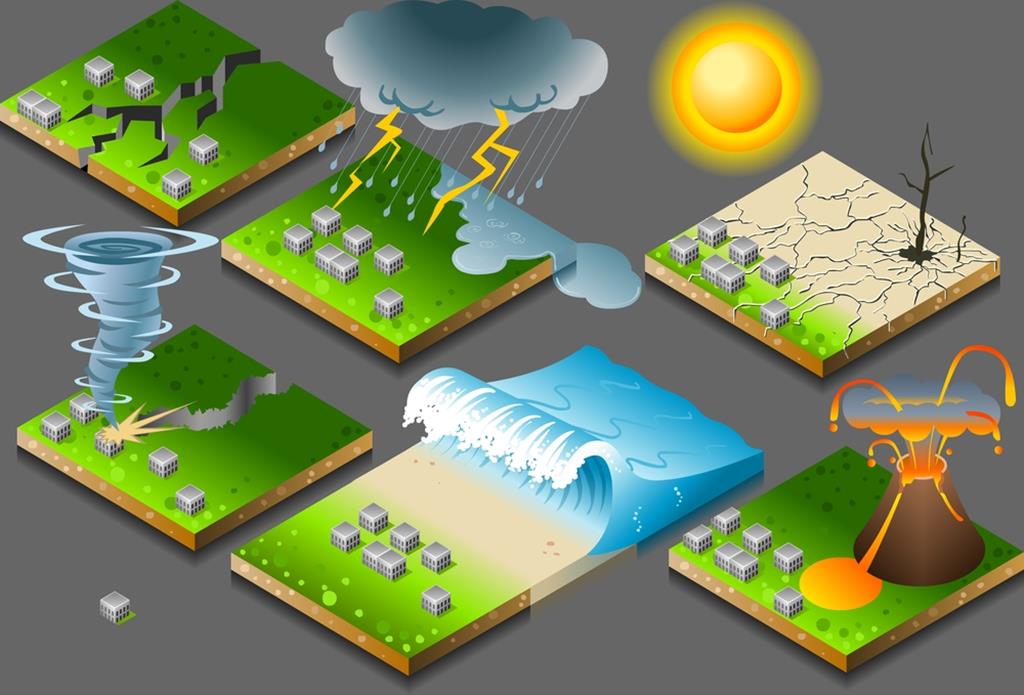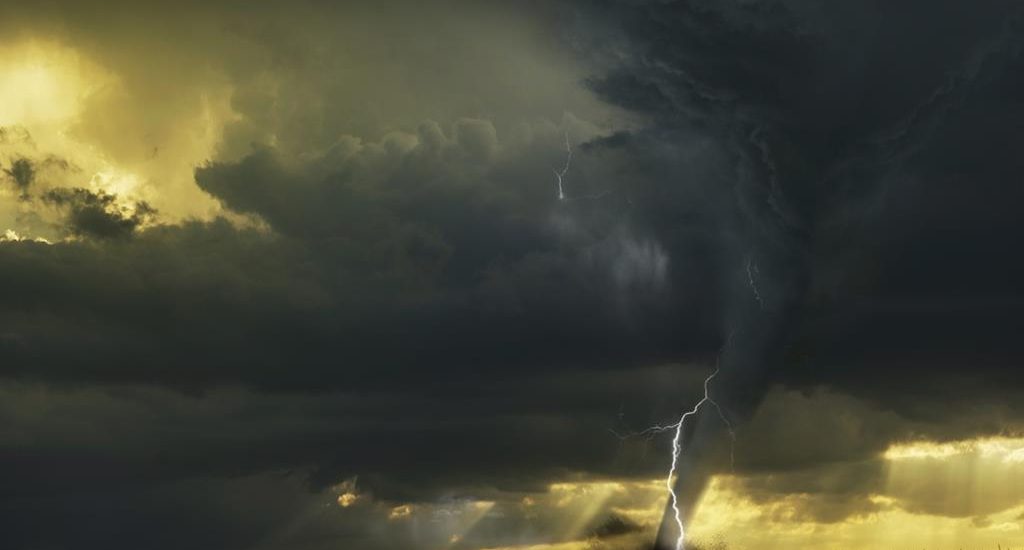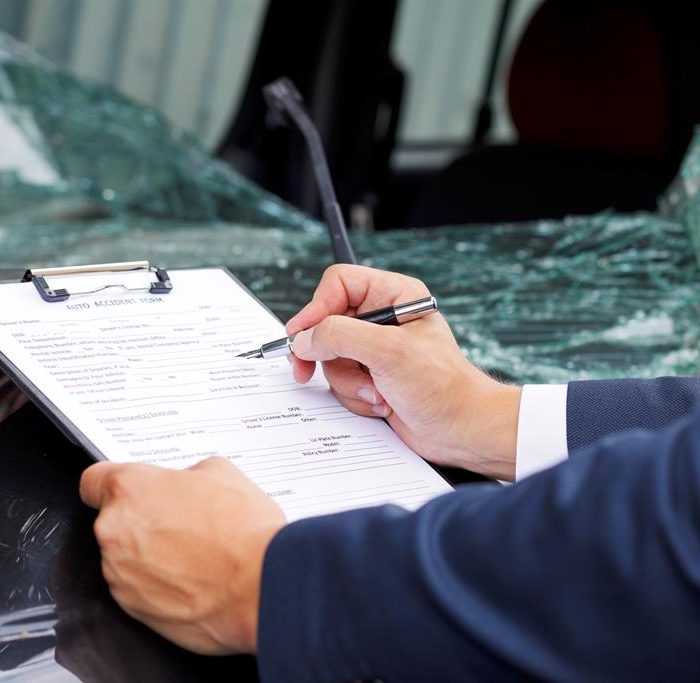Car trips & natural disasters
Car & possible natural disasters
Natural disasters quite often occur all over the world. These can be earthquakes, floods, forest fire, avalanching, mudslide, and landslide. Everything happens suddenly and in most cases, unexpectedly. There are usually many cars in the disaster areas. This article provides you with important recommendations on how to act if you face a natural disaster.
Floods, under flood, heavy shower
During floods, you should leave flooded areas as soon as possible. However, relevant services sometimes don’t warn people that flooding is approaching. It may come suddenly, thus, a driver should be ready to make decisions in urgent situations.
If heavy shower caught you on the road, slow down and increase the distance to the vehicle ahead. Try not to dazzle the oncoming traffic with your headlights. Before the trip, check whether windshield and brake systems work properly. Keep in mind that if you overtake a vehicle, especially the one that weighs many tons, during a heavy shower you risk falling under water sprays and losing visibility for some time. The more water on the road, the longer the braking length. Switch on the fog lamps only if necessary and under appropriate conditions. If you can’t wait out the downfall in parking lots by the roadside, do not risk. The heavier the rain, the slower the speed.
As soon as you see areas of under flood, the risk increases: you may get stuck in roadside gullies which are hidden under the water or your car may begin to hydroplane due to loss of traction. Hydroplaning always starts and finishes suddenly. If your car starts hydroplaning, avoid jerks and don’t hit the gas firmly. If possible, try to pass the puddles. Otherwise, simply slow down.
If the flowage lands have streams, your car may suddenly get caught and taken away to an unknown location.
Stay on the central part of the road. It is the highest road point. Any car can easily get over the puddle if the water level is not more than ⅔ of the wheel diameter. When getting over the flowage lands, try not to create artificial waves. Otherwise, it will make your car unstable.
If the engine stalls, don’t try to start it. It may then cost you a fortune to repair your car. If the engine has some water inside, wait for 3 minutes and try to restart it. Meanwhile, water drops will evaporate from the engine compartment. If you have been waiting for more than 10-15 minutes, but the engine still does not start, and you are standing in a big puddle, use a starter. Switch to the first gear and constantly keep the ignition key turned. Now only a starter operates. It will pull your car out of the water. Do not open the doors because water may flood into the cabin. Even experienced drivers tend to forget about it. Otherwise, you will have to disassemble your car and dry the cabin, check the fuse, relay contacts, etc.

If you have got over the flowage land, and found any malfunctions, switch off the engine and dry your car. Water easily penetrates small cracks, crevices, and breaches. In combination with bare metal it causes corrosion that can do harm to your vehicle before long.
When drying, put your car in a well-ventilated place, open the doors, a motor hood, and a trunk. If the cabin was flooded, put the seats out, remove the car lining. Thus, it will protect the fiber of your car from fungus. Before you start your car again, make sure the water has completely evaporated. After drying, carry out complete diagnostics.
Earthquakes
If the earthquake strikes while you are driving, stop the car. We strongly recommend you not to pick up the speed or try to get away from the disaster zone since aftershocks can propagate over hundreds of kilometres. You should stop also because other drivers may start panicking. Keep calm!
Switch off the engine. Switch on the handbrake instead. Keep the radio switched on to hear warnings or some tips for people who are trapped in disaster zones. Don’t leave the car unless the aftershock ends.
We recommend you to stay away from signposts, billboards, buildings, and trees, i.e. everything that may fall and do harm to your car. If earthquake catches you on the bridge or overpass, get out of the car, take away the passengers (if there are any) and move toward the land.
If there is a power line near the road, stay away from it. If the earthquake strikes while you are standing in a multilevel parking lot, leave your car and sit at its back (but please, do not get under it!).
When the shake is over, estimate the damage to your car and decide whether you can still drive it or not. If there were passengers inside, check whether they are okay. If they are shocked, panic-stricken or injured, try your best to calm them down and treat the wounds with a help of first aid medical equipment and drugs.
In case of chaos, you cannot drive home. If your mobile phone operates properly, call your relatives and inform them about the situation, tell them you are okay and don’t forget to inform of your location. Try to speak quickly and briefly. Save on food. If your phone is about to die, it may happen that you will have to remain disconnected for a long period of time.
Keep in mind that after the earthquake, there may occur landslides as well as cracks in the pavement. Be careful! Aftershocks are likely to happen.
In a situation when you can’t use your car, but have to get home (or to a safe place), you’d better have the following at hand: a torch and battery storage, bottles with water, energy bars and crispbreads, mountaineering boots or sneakers, a blanket, drugs, radio, gloves and hats, thermal hand warmers, a knife, a raincoat, matches in waterproof package, wet wipes, fluorescent bands, toothpaste and toothbrush, a whistle and some money. Put all these things in your rucksack and go to a safe place (or home).
Forest fire
As soon as you smell something burning, see the smoke or flame, quickly assess the situation. Fire spreads with the wind, i.e. to the direction of the wind. If you are sitting in your car on the road, try to leave the danger area as soon as possible. Otherwise, immediately leave the car, but before wet a towel or a T-shirt with water and bind your nose and mouth (to avoid carbon monoxide poisoning). Don’t wear synthetic clothes when in the fire zone since it may inflame. Anyway your life is far more precious than your car, that’s why at first you should save yourself.
To quickly escape the disaster zone, you should have your phone, documents and money. If you have a rucksack with anything you may need in this dangerous situation, take it and immediately escape the fire zone.
Avalanching, mudslide, and landsliding
Mudslide is an avalanche of oncoming ground that has destructive power. It may occur suddenly. Its speed may reach 10 m/sec, while the height is equal to the height of a 5-storey building. When the mudslide starts to rapidly descend, keep calm and do not panic. As soon as you hear the sound of approaching flow, climb high to the direction of the avalanche up to not more than 50 metres.
While climbing, keep in mind that soil mass that moves like lightning may throw big stones over longer distances. It may threaten people’s lives. If the mudslide has covered the road, it will be very hard to survive. However, if you are lucky, and your car was brought to the surface, try to leave it as soon as possible because there may be the second wave.
Landslide develops very slowly. People can prevent its consequences by closing the danger area. In case landslide has blocked the road and there is no way back, all you have to do is stay and wait for the emergency service to arrive. Come together with other drivers, help the injured, calm women and kids, set up a camp. We recommend you to spread the food you have over the week (at the minimum).
In order not to get under the avalanche, you should drive through anti-avalanche galleries in wintertime. These are the tunnels designed in the event of avalanching. Thus, your car will remain safe and sound. Now you only have to wait for the emergency service to arrive.
We hope these recommendations were helpful. However, life is unpredictable and you should always be ready for anything.
Keep calm and do not forget to apply for the International Driving Permit in advance.
Happy travelling!






